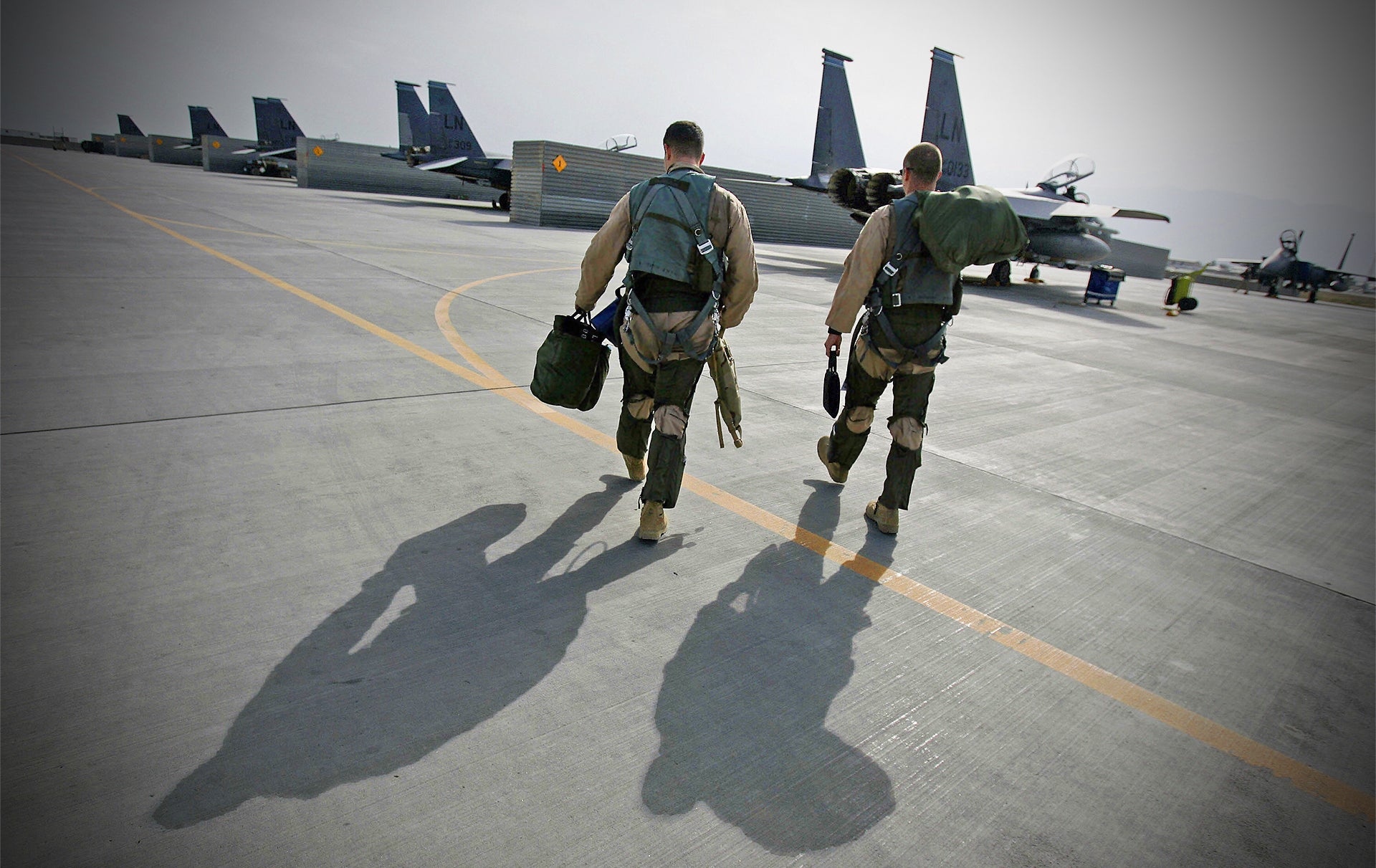A shrinking and rapidly aging aircraft fleet. An underperforming, “bet it all” fighter program that is grossly over budget and many years behind schedule. A tactical air plan that will be insolvent in just five years. A culture that is laughably slow at adapting to the unmanned aircraft revolution, and a totally irrational vendetta towards the most effective tactical platform it has to fight ISIS, the A-10 Warthog. These are just a handful of the USAF’s many problems.
Now, you can add a pilot shortage that has quietly escalated to near dire proportions to the top of the list.
It’s hard to argue that the USAF has been managed well over the last decade. Near constant poor procurement calls, the inability to rationalize its priorities, and a seemingly numb finger on the pulse of its own cultural zeitgeist has left it hobbled. It has become a lightning rod for well-deserved criticism. What was a looming issue talked about quietly in defense inner-circles and occasionally mentioned on news sites is now a cancer on the service, one that has infected its very cultural core. Simply put, pilots have had enough of the Air Force and are leaving the flying branch far faster than they can be replaced.
And no, it is not just because the airlines are hiring. A near perfect storm has struck at the USAF’s ability to keep flyers in cockpits, but much of that storm was created by the USAF itself.
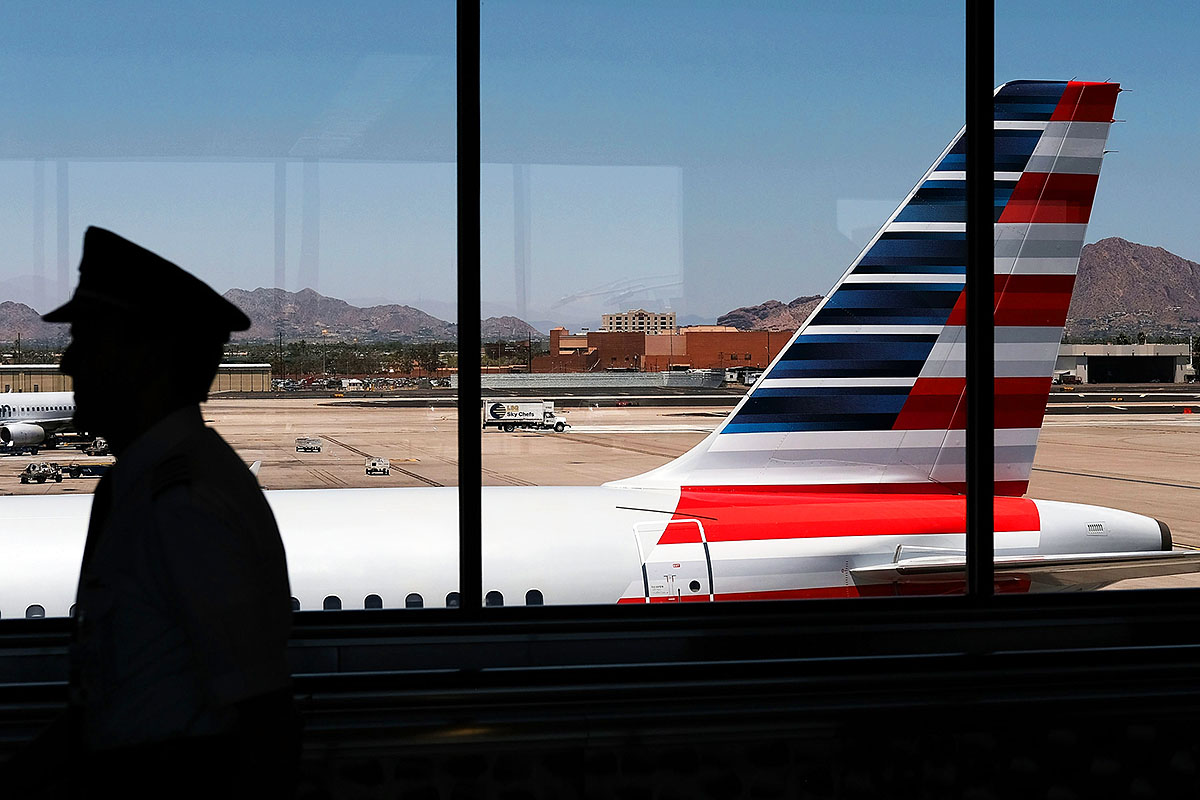
John Q. Public has done an especially good job at tracking this growing issue. Months ago they brought forward the fact that the USAF Thunderbirds cannot recruit quality and diverse candidates to do what many would think is a dream job, and now they have uncovered just how pathetic the pilot corps retention and recruitment situation has become within the USAF.
I would highly suggest you read the article linked here, as most of its conclusions and analysis concurs exactly with what I have increasingly heard from USAF pilots over the last couple of years. Common complaints include how little flying pilots are actually doing, especially when assigned to certain platforms that have low availability rates. Instead they have morphed into flight suit wearing office managers. What’s worse is that multiple pilots I know have stated that the promotional structure they are a slave to has become a self-serving bureaucracy, where those with keen political abilities are promoted over others with a warrior’s mindset and raw talent in the cockpit.
Beyond this, the absolutely out of touch and exceedingly anal corporate culture within the USAF has reached such a rigid point of absurdity that it has crushed the quality of life within the service’s squadrons, and there are plenty of absurd cases to support such complaints. Although the USAF claims operations tempo has hurt pilot retention, I have never heard this being posited as a reason.
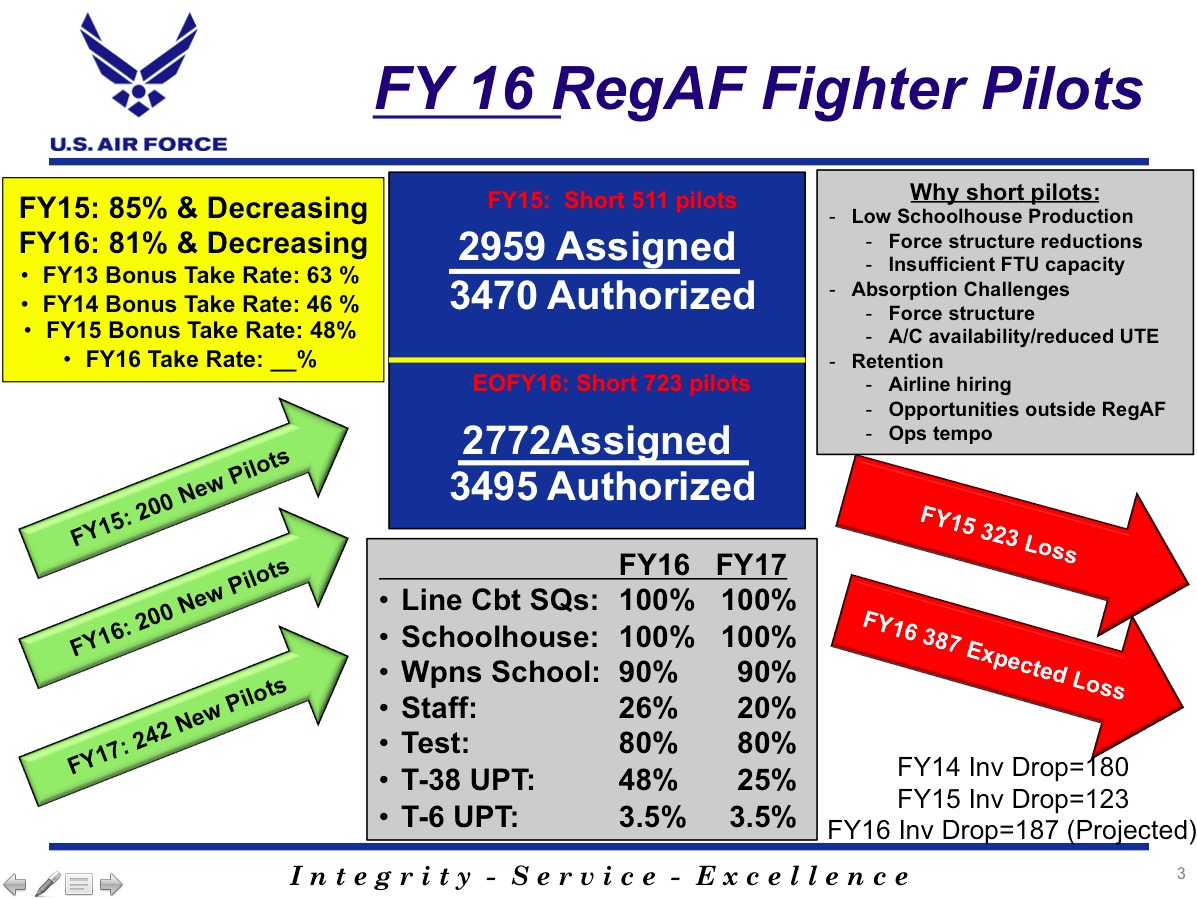
An internal memo obtained by John Q. Public clearly states how bad the crisis has become and seems to point towards the possibility of lowering standards to help solve it. Such a move woud not only put national security at risk but it also puts other aircrews in danger that have to fly alongside sub-par individuals.
Barring a massive downturn in the world economy, something has to change, and it has to change fast. Sadly I don’t see this happening, at least not until a leader comes onboard at the top of the USAF that is willing to challenge the thick and oily Pentagon bureaucracy and put their own career on the line in the process.
Such a figure would have to make it their focus to restructure how the USAF does business on many levels, from procurement and sustainment of its aircraft fleets, down to how its pilots train and what tasks they are assigned when they are not flying. In other words, the Air Force needs an infusion of warrior culture from the top down, one that puts bottom-line air combat capability above the political fray.
Under such an initiative flight hours should be significantly increased, along with all the logistical and budgetary adjustments needed to make that happen, so that our combat aviators are allowed to be just that. It would also include opening up higher ranking promotions to those who are fantastic at their jobs, but who have no interest in ever flying a desk at the Pentagon.
Whether the incoming Air Force Chief Of Staff General David Goldfein is such a figure and is willing to pick such a perilous fight, we will have to wait and see.
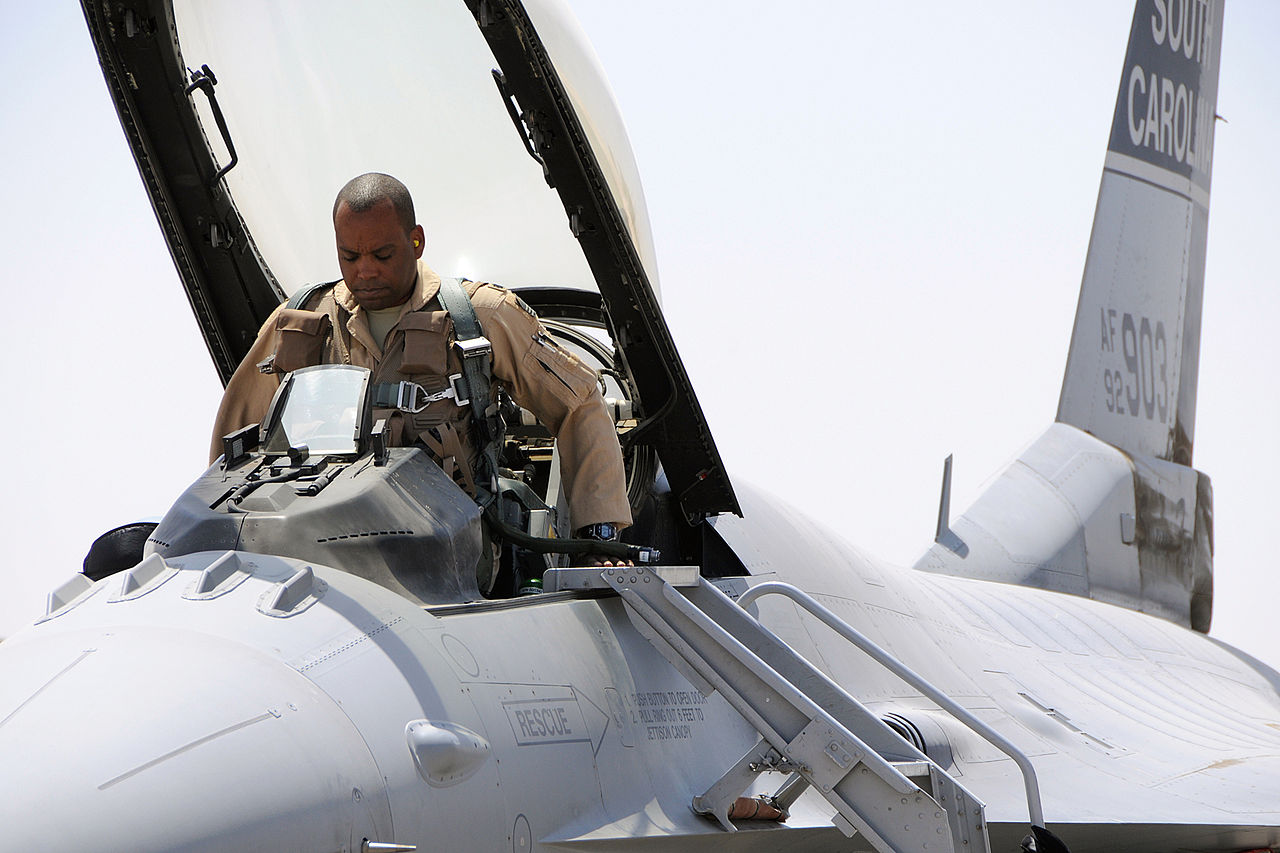
What was once a customary “shrug it off” exercise in hopelessness when it came to dealing with “big Air Force” stupidity has now morphed into an almost nihilistic form of listlessness among many disgruntled flying officers. The idea that those who joined the USAF to fly and fight, and be the very best at doing it, are being told “sorry buddy that’s not the job, if you want a promotion get with the political program” is absolutely counter-productive to the true reason why the USAF exists, which is to use air power to fight and win America’s wars.
Other departments within the Pentagon are beginning to adapt to certain people-power deficits that traditional recruitment and career channels are not fulfilling. The Navy is looking at bringing external talent into top officer positions for unique niches like cyber warfare. The Army has its Warrant Officer program and the Pentagon is now trying to compete for Silicon Valley tech talent outside of the traditional civilian recruitment methods.
What I am getting at here is that the USAF could start changing for the better by realizing that multiple routes can lead to the same place, and to look at becoming more agile and creative in the people ops department. For pilots this would mean putting less of a premium on the parts of the job that doesn’t include actually flying when it comes to valuing its flyers and promoting them. Or at the very least, the USAF could provide an exciting career route for pilots that don’t want to continue their Air Force career by doing things that don’t have much to do with being in the cockpit at all.
This is not Tyler’s perspective really; it is a composite of what my most trusted sources have conveyed to me in great detail over the last few years, some of which have since left the service. Additonally, these are just some components of what needs to be a solution made up of a cocktail of measures aimed at keeping pilots in the USAF and recruiting quality new candidates. Once again, increased flying hours, making a real commitment to modify fleet management and procurement to reflect such an initiative, and maybe easing up on the ultra-politically correct, zero-tolerance culture that has become a counter-productive and over-corrected caricature of itself would all help.
And yeah, money is a factor too.
It currently costs well over six million dollars to train a fighter pilot. You read that right, six million bucks! So why not just compete more directly with the airlines when it comes to pay for pilots that have hit their re-up milestones? How many years, or even decades, would it take paying a pilot competitively to stay on to actually eclipse the cost of “building” a new one? Also, considering that a single Joint Direct Attack Munition tail kit costs around $20,000 and an F-15C costs $42,000 an hour to fly, competitive pay for experienced pilots is not that crushing of a cost in the big scheme of the USAF’s 100 plus billion dollar budget.
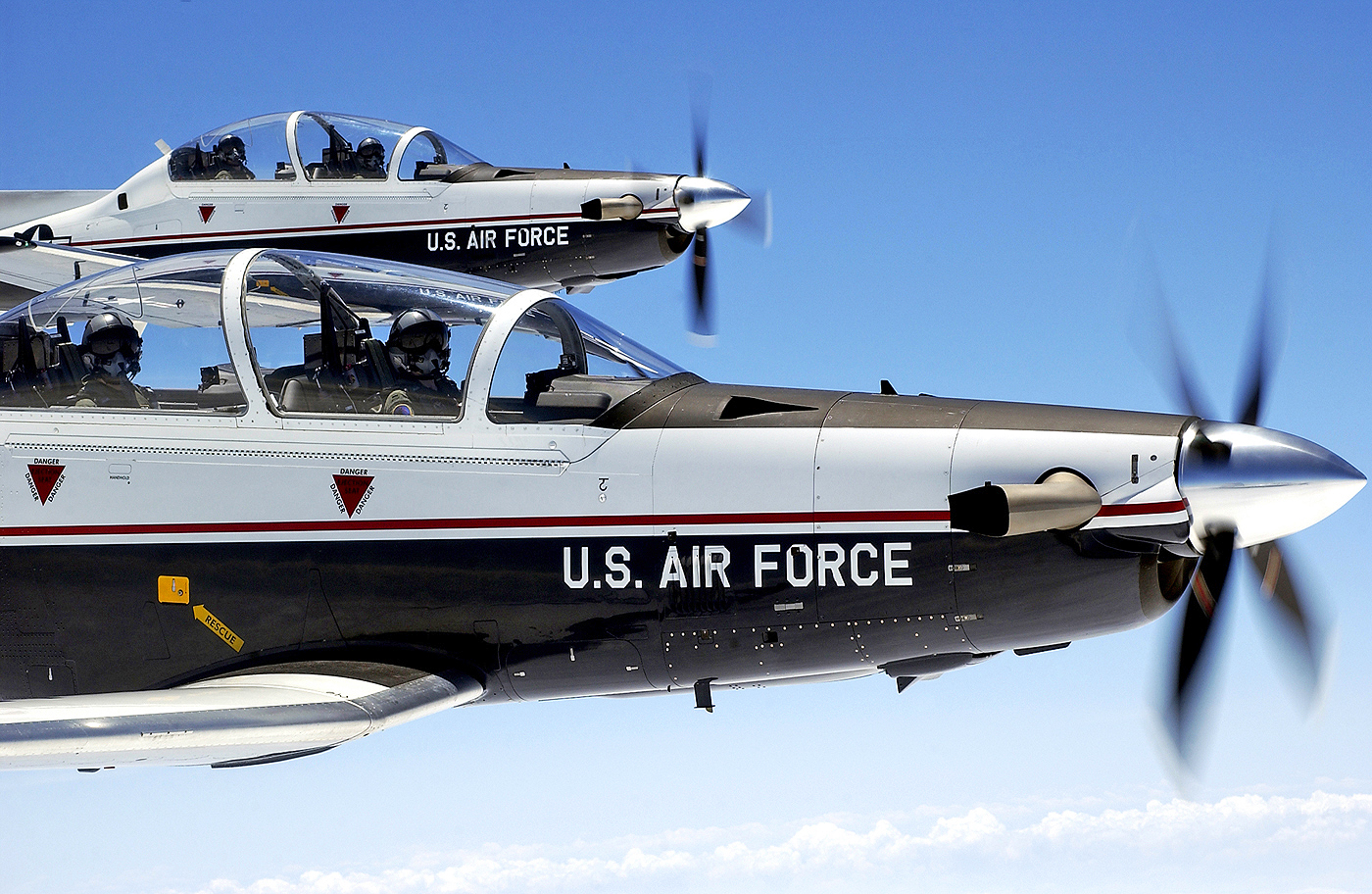
In the end the USAF needs to learn from other big institutions that rely on very talented people in order to produce a competitive product or service. It is about money yes, but to attract the best and keep them it is just as much about culture, self worth, career potential and working in a great environment. The USAF and its pilot corps should be no different.
In fact, the USAF has something going for it that retention-leading firms like Google don’t. That being the individual is serving their country in the process of making a career for themselves. That is one hell of a draw, but reading that memo it seems like the laughably uncreative USAF power-apparatus may think that is good enough to carry the force alone.
Like reading their instruments while flying in bad weather, the Air Force’s head honchos should trust themetrics before them, no matter how dismal they appear. Because if anything they say that service and country just doesn’t cut it alone anymore when it comes to getting and keeping the best a brightest pilots.
Contact the author Tyler@thewarzone.com
